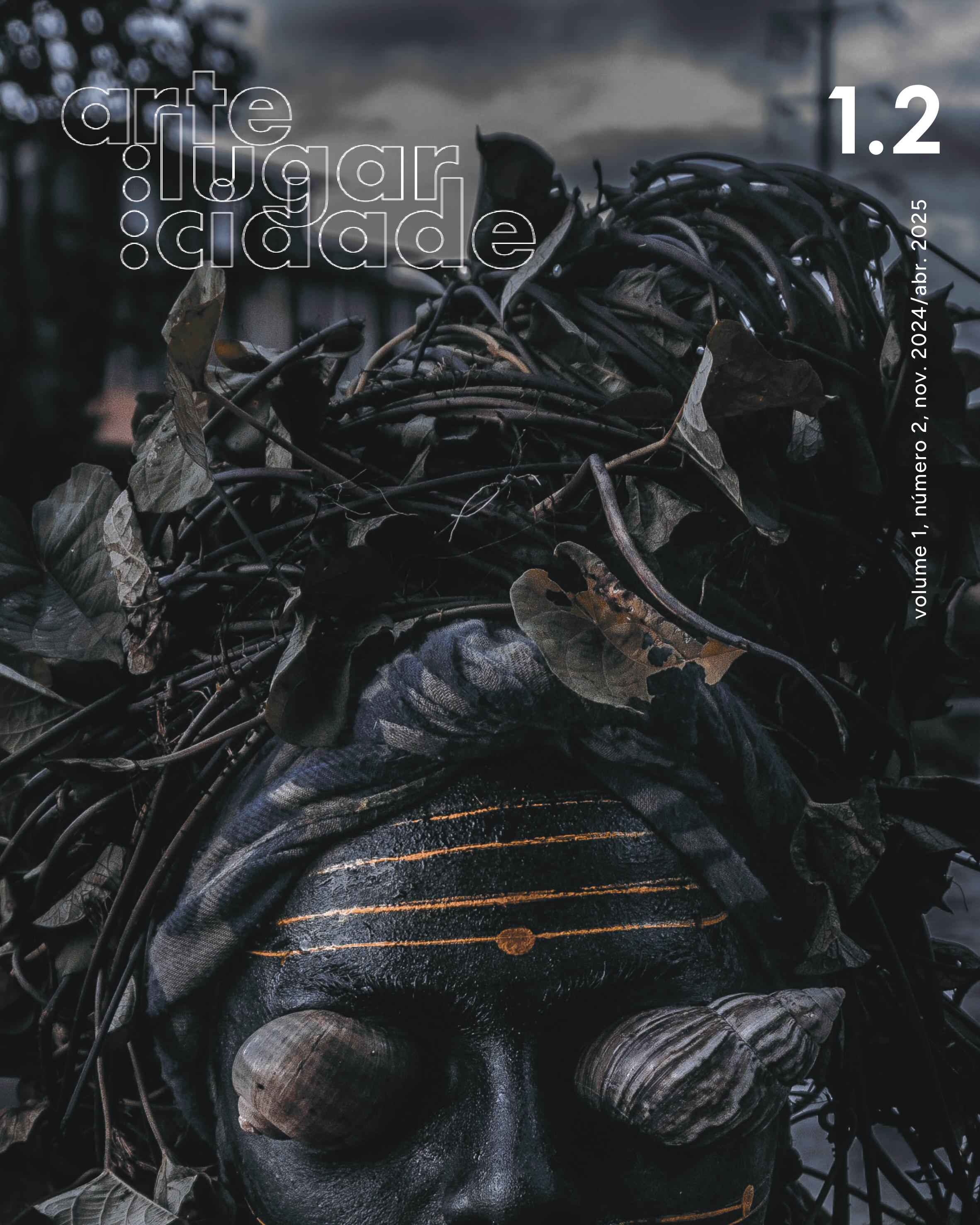Wandering cinematics of Boca do Lixo
DOI:
https://doi.org/10.22409/arte.lugar.cidade.v1i2.63550Keywords:
Rogério Sganzerla, cinematic poetics, Boca do Lixo, wanderingsAbstract
The aim of this text is a reflection based on a geopoetic narrative about the wanderings and the cinematic poetic of artist Rogério Sganzerla in Boca do Lixo and around the world. Boca do Lixo was located in the Santa Efigênia neighborhood in the center of São Paulo, today also known as Cracolândia, was an active hub of intense independent film production in the sixties and seventies. Sganzerla was an active film critic of that period, writing remarkable articles for important publications and he filmed several scenes in this São Paulo toponym of The Red Light Bandit (1968), one of the most important films in the history of Brazilian cinema. Based on a great friendship and a creative collaboration over the last fifteen years of life with the filmmaker (1946-2004), this text was part of my PhD research at PPGCA-UFF, entitled Rogério Sganzerla: cinematic poetics of invention.
References
Berg, S. (2010). Zonk! Crash! Boom! Orson, Oswald, Noel e João na Saganzerlândia ou Tamanho não é documento ou Um Pouco de Loucura Previne Um Excesso de Tolice. (Catálogo - Ocupação Rogério Sganzerla). Itaú Cultural.
Bonisson, M. (2002). Áudio entrevista de Hélio Oiticica concedida ao jornalista Alfredo Herkenhoff [1978] In M. Bonisson, Héliophonia, vídeo, 17 minutos.
Careri, F. (2013). Walkscapes: o caminhar como prática estética: Editora G. Gilli.
Didi-Huberman, G. (2018). Remontagens do tempo sofrido. Editora UFMG.
Ferreira, J. (2016). Cinema de invenção. Azougue Editorial.
Háraway, D. J. (2019). Manifesto ciborgue. Ciência, tecnologia e feminismo-socialista no final do século XX. In T. Tadeu (Org. e Trad.) Antropologia do Ciborgue: as vertigens do pós-humano. Autêntica Editora.
Lispector, C. (1948). A cidade sitiada. Editora A Noite.
Manning, E. (2019). O que as coisas fazem quando se moldam: O caminho do anarquivo. In Ribeiro, W. & Brione, H. (Org.). Arte: novos modos de habitar/viver. Editora Intermeios.
Nichols, C. (2007) Rimbaud na África (orelha do livro). Editora Nova Fronteira.
Pizzini, J. (2010) Pré-Ocupação De um visionário (Catálogo - Ocupação Rogério Sganzerla). Itaú Cultural.
Sganzerla, R. (2005). Texto Manifesto – Cinema fora da lei. In Tudo é Brasil (Projeto Rogério Sganzerla: fragmentos da obra literária). Editora Letra D’água.
Sganzerla, R. (2001). Por um cinema sem limite. Azougue Editorial.
Downloads
Published
How to Cite
Issue
Section
License
Copyright (c) 2024 Marcos Bonisson

This work is licensed under a Creative Commons Attribution-NonCommercial-NoDerivatives 4.0 International License.


